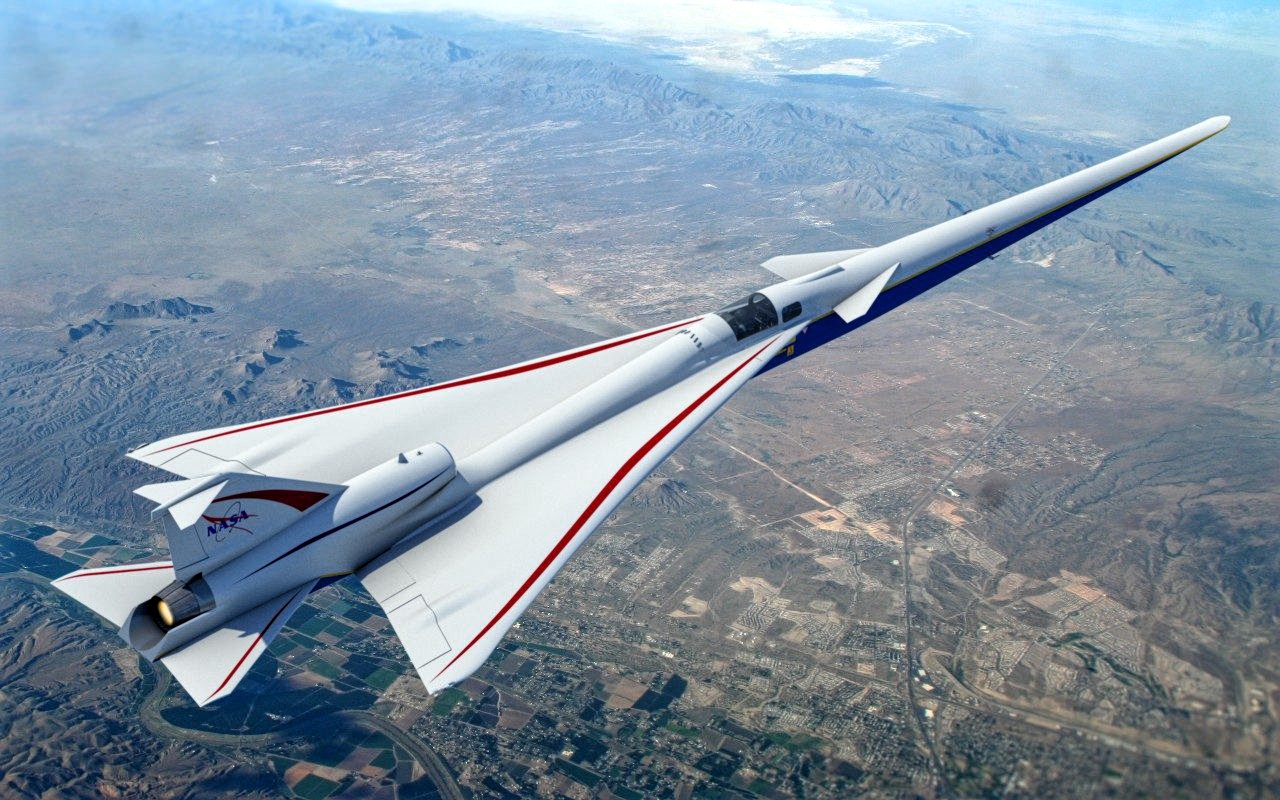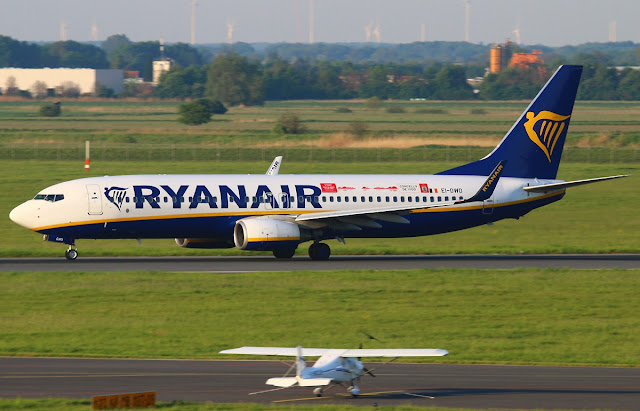Lockheed Martin Turns NC Machine On X-59 Silent Jet
Lockheed Martin Turns NC Machine On X-59 Silent Jet. Lockheed Martin began the first part of its Quiet Supersonic Technology X-59 test aircraft at its facility in Palmdale, California, after it was selected earlier this year by NASA for design, construction and flight testing. A flight demonstrator of low flight.
"The initial fabrication of the project marks a major step forward for the X-59 and the future of silent supersonic commercial travel," said Peter Iosifidis, head of Low Boom Flight Demonstrator at Lockheed Martin Skunk Works in Palmdale. in california "The long, thin design of the aircraft is the key to achieving a low sonic boom."
The X-59 is designed to navigate at a speed of 55,000 feet at a speed of approximately 1,812kt (1,512 km / h) or 1.25 Mach, says Lockheed Martin. The goal of the company is to eliminate the sonic boom of the aircraft and create a sound as loud as a closed car door, or 75 decibels. Supersonic flights over the United States are currently prohibited by law due to disturbances caused by sonic explosions.
Lockheed Martin and NASA are not the only organizations that embark on supersonic commercial aviation. The new aeronautical companies Aerion, Boom Technology and Spike Aerospace also design aircraft. For its part, Boeing announced in June 2018 a concept of a hypersonic passenger plane that says it studies seriously.
Lockheed Martin Turns NC Machine On X-59 Silent Jet, pic: X-59 QueSST
Lockheed Martin has announced plans to fly X-59 in 2021, the company announced on November 16. These tests will be used to collect response data from residents in the field about the acceptability of the quietest sonic boom generated by the aircraft. Lockheed Martin would use this information to help NASA establish an acceptable commercial supersonic noise standard to override existing regulations that prohibit supersonic land travel."The initial fabrication of the project marks a major step forward for the X-59 and the future of silent supersonic commercial travel," said Peter Iosifidis, head of Low Boom Flight Demonstrator at Lockheed Martin Skunk Works in Palmdale. in california "The long, thin design of the aircraft is the key to achieving a low sonic boom."
The X-59 is designed to navigate at a speed of 55,000 feet at a speed of approximately 1,812kt (1,512 km / h) or 1.25 Mach, says Lockheed Martin. The goal of the company is to eliminate the sonic boom of the aircraft and create a sound as loud as a closed car door, or 75 decibels. Supersonic flights over the United States are currently prohibited by law due to disturbances caused by sonic explosions.
Lockheed Martin and NASA are not the only organizations that embark on supersonic commercial aviation. The new aeronautical companies Aerion, Boom Technology and Spike Aerospace also design aircraft. For its part, Boeing announced in June 2018 a concept of a hypersonic passenger plane that says it studies seriously.














Post a Comment